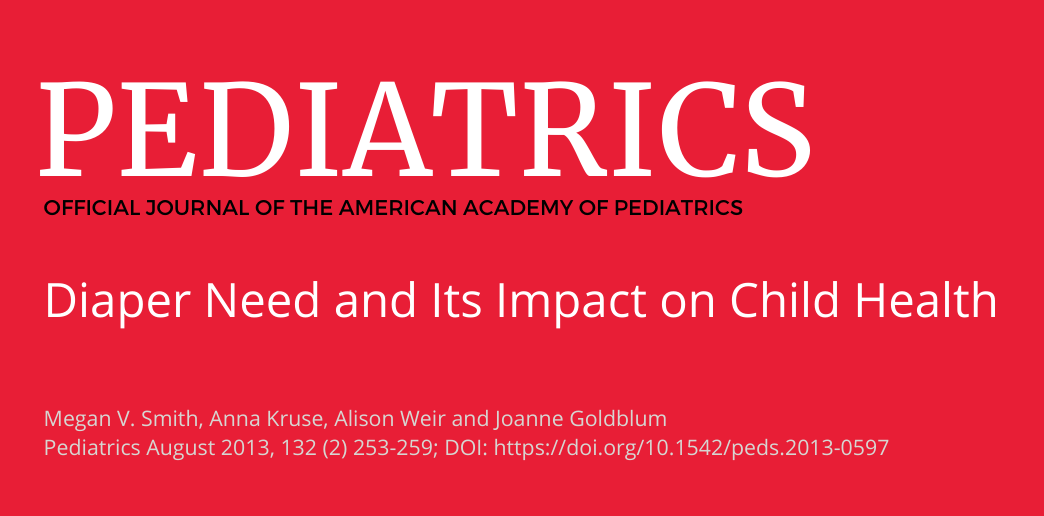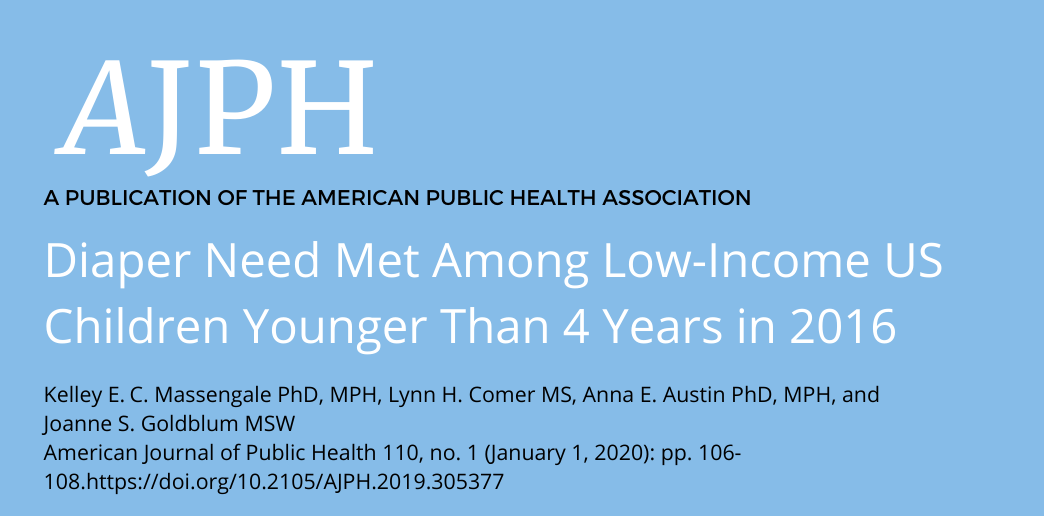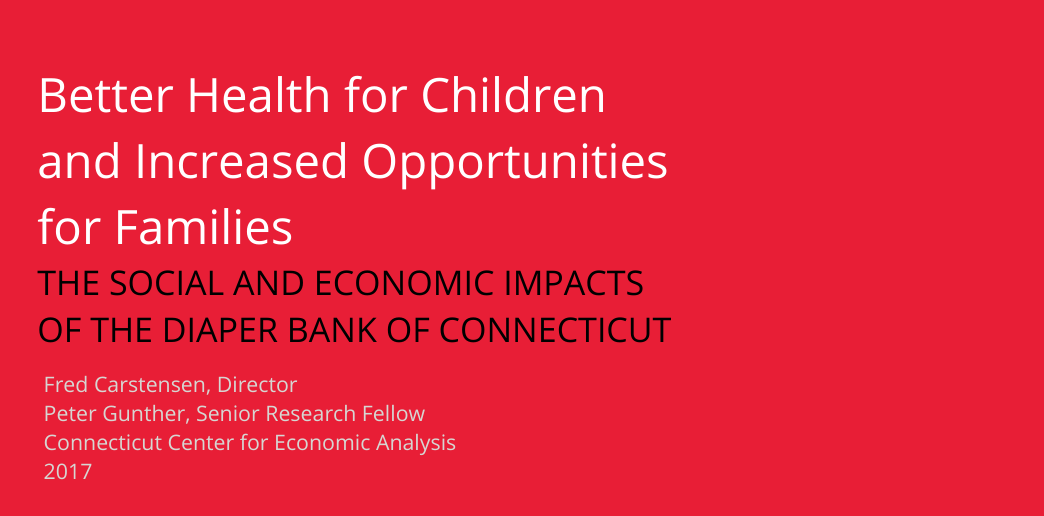
We believe that no one institution can or should be the only source of research about the basic needs of individuals, children, and families.
The National Diaper Bank Network and the Alliance for Period Supplies seek to serve as a resource for researchers and advocates. The following section includes landmark studies about the significant importance and impact of basic necessities. These core studies are followed by our library of scholarly journal articles, reports, and other publications that examine how poverty and the lack of material basic necessities can affect people’s social, health, and economic outcomes.
Our goal is to encourage researchers to expand on studies that quantify the impact of diaper need and period poverty on individuals, families, and communities throughout the U.S.
Research released by the National Diaper Bank Network (NDBN) in June 2023 reports that nearly half (47%) of U.S. families with young children struggle to afford diapers. The NDBN Diaper Check 2023: Diaper Insecurity among U.S. Children and Families, a nationally representative study commissioned by the National Diaper Bank Network, shows a significant increase (14 percentage points) in diaper need, since the first study conducted on diaper need in 2010. Multiple research studies have shown that one in three families (about 33%) cannot afford enough diapers to keep their children clean, dry, and healthy.




Research and Studies
This section features journal articles, reports and publications that examine how poverty and the lack of basic necessities affect people’s social, health and economic outcomes. NDBN encourages researchers to expand on studies that demonstrate the impact of diaper need and period poverty on individuals, families, and communities in the U.S.
Click link to download PDF
The NDBN Diaper Check 2023: Diaper Insecurity among U.S. Children and Families
Addressing diaper need as racial stratification through intersectional family justice
Annual Survey of Member Diaper Banks, 2022
Annual Survey of Member Diaper Banks, 2021
Annual Survey of Member Diaper Banks, 2019
Annual Survey of NDBN Members, 2018
Diaper Need and Its Impact on Child Health, Pediatrics, 2013
Diaper Need and Its Impact on U.S. Families, 2017
Diaper Need in the US and Canada, 2010
Diaper Need: A Change for Better Health, Pediatric Nursing, 2015
First Focus – Children’s Budget Book, 2018
Help a Mother Out’s Diaper Programs: Evaluation Brief
Helping the Community from the Bottom Up: Distributing Diapers to the Williamsburg Community, 2014
The Social and Economic Impacts of the Diaper Bank of Connecticut, 2018

